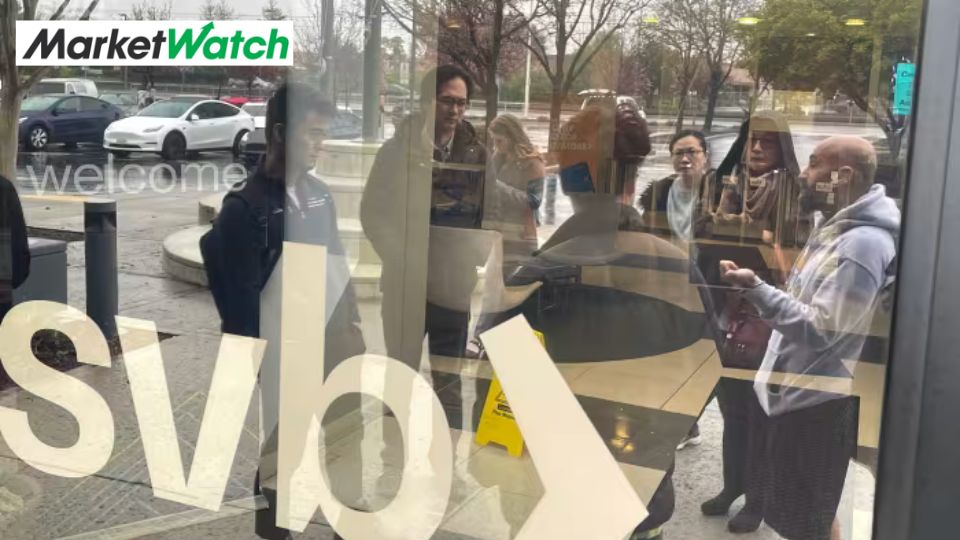
- The beginning stages of a ‘systemic bank-distress episode.’
- The professors reached their conclusions by comparing regulators’ behavior in the current crisis with how they reacted during almost 2,000 historical banking-sector interventions in 138 countries dating back to the 13th century.
- Stocks and real estate are vulnerable to a systemic banking crisis that could last months, if not years
The beginning stages of a ‘systemic bank-distress episode.’
The banking crisis that began with the collapse of Silicon Valley Bank and now the failure of First Republic Bank is far more serious than it initially appeared.
Two finance professors were warning of this six weeks ago: Andrew Metrick of Yale’s School of Management, and Paul Schmelzing of Boston College and Stanford’s Hoover Institution. In a study circulated in late March by the National Bureau of Economic Research, they argued that the FDIC bailout of Silicon Valley Bank was almost certainly not an isolated event and was instead symptomatic of a much bigger problem.
The professors reached their conclusions by comparing regulators’ behavior in the current crisis with how they reacted during almost 2,000 historical banking-sector interventions in 138 countries dating back to the 13th century.
This gave the researchers insight into the likely severity of the current crisis. As Schmelzing put it when I interviewed him six weeks ago, “We don’t directly know how bad things really are right now in the banking system. But we can look at the behavior of the regulators who presumably know a lot
more than we do about how bad it is. And the pattern of their responses most closely matches that of 57 prior crises that tended to more severe than average.”
‘It’s far too early for investors to say that the crisis is over.’
Since then, of course, the banking crisis has gotten worse. First Republic Bank’s collapse has led to the second-largest bank bailout in U.S. history. In a follow-up interview this week, Schmelzing reiterated the conclusion that he and Metrick reached in March that the current banking crisis is much more severe than many investors realize even now. Asked if the bailout of First Republic Bank increases his confidence in their initial conclusion, he said it didn’t — only because they were already quite confident.
“A systemic banking crisis is a situation when a country’s corporate and financial sectors experience a large number of defaults and financial institutions and corporations face great difficulties repaying contracts on time. As a result, non-performing loans increase sharply and all or most of the aggregate banking system capital is exhausted. This situation may be accompanied by depressed asset prices (such as equity and real estate prices) on the heels of run-ups before the crisis, sharp increases in real interest rates, and a slowdown or reversal in capital flows.”
A key feature of a systemic banking crisis is the length of time it takes to be resolved. Schmelzing told me that, on average, the 57 prior banking crises most analogous to the current one lasted months, if not years. That’s an ominous prospect, since the current crisis is less than two months old.
As Schmlezing put it: “It’s far too early for investors to say that the crisis is over.”
Story by Mark Hulbert - Last Updated: May 6, 2023 Redacted shorter to keep to important points and bullet points added by HGG. https://www.marketwatch.com/story/svb-and-first-republic-are-just-the-first-of-many-u-s-banks-that-will-fail-if-you-believe-800-years-of-history-a8902918



